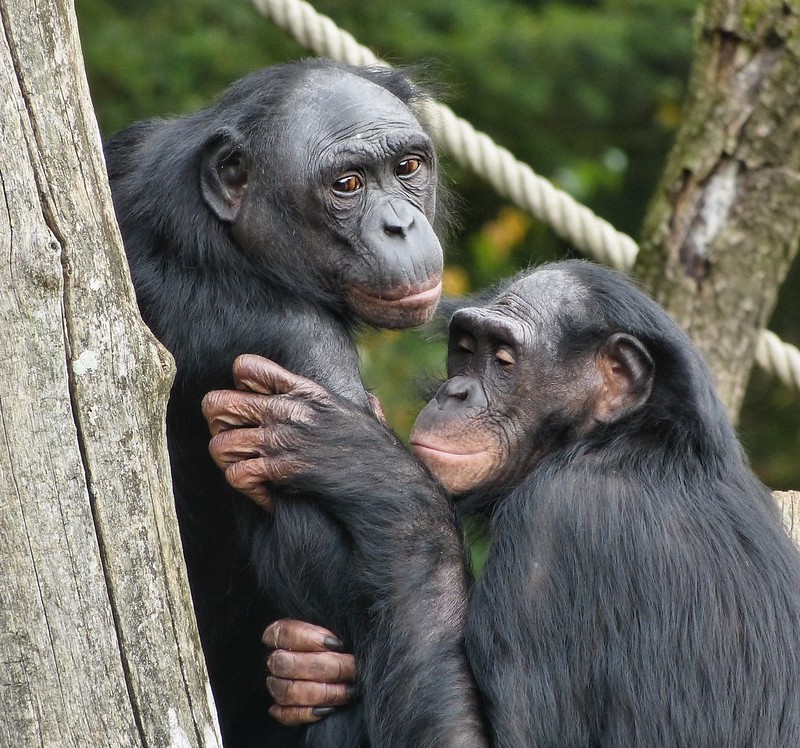Unveiling the Fascinating World of Bonobos
World of Bonobos ,In the heart of the lush and dense rainforests of the Democratic Republic of Congo, a remarkable and lesser-known primate species thrives— the bonobo. Often referred to as the “hippie ape” or the “pygmy chimpanzee,” bonobos share approximately 98.7% of their DNA with humans, making them our closest living relatives alongside the common chimpanzee. In this article, we will delve into the intriguing world of bonobos, exploring their habitat, unique characteristics, and shedding light on the best places to encounter these fascinating creatures.
-
Habitat and Geographic Distribution:
Bonobos are endemic to the rainforests of the Democratic Republic of Congo in Central Africa. Their range is limited to a specific area south of the Congo River, distinguishing them from their common chimpanzee counterparts. Lush vegetation, abundant fruits, and a complex social structure make the rainforests an ideal habitat for these intelligent primates.
-
Where to Find Bonobos:
Tracking down bonobos in their natural habitat requires venturing into the heart of the Congo Basin. Lola Ya Bonobo Sanctuary, near Kinshasa, provides a unique opportunity to witness bonobos up close in a semi-wild environment. Salonga National Park, a UNESCO World Heritage Site, is another significant location, offering a chance to observe these primates thriving in their natural surroundings.
-
Fascinating Facts About Bonobos:
a. Social Structure: Bonobos are renowned for their unique and peaceful social structure. Unlike common chimpanzees, bonobos tend to resolve conflicts through social bonding and sexual interactions. This cooperative and matriarchal society sets them apart from other primates.
b. Communication: Bonobos communicate through a variety of vocalizations, facial expressions, and body postures. They use sophisticated gestures to convey emotions, needs, and establish social bonds within their groups.
c. High Intelligence: Bonobos exhibit a high level of intelligence, often engaging in problem-solving activities and using tools. Their cognitive abilities and emotional intelligence have been subjects of extensive research, revealing remarkable similarities with human behavior.
d. Sexual Behavior: Bonobos have gained attention for their open and frequent sexual interactions, which play a crucial role in reducing tension and maintaining social harmony within the group. This unique aspect of their behavior contributes to their reputation as the “make-love-not-war” primates.
-
Conservation Challenges:
Despite their remarkable qualities, bonobos face numerous threats in the wild. Habitat loss due to logging, poaching, and political instability in the region pose significant challenges to their survival. Conservation efforts are underway to protect their habitats and raise awareness about the importance of preserving this endangered species.
-
Conclusion:
Exploring the world of bonobos unveils a captivating journey into the depths of the African rainforests and the intricate dynamics of their social structure. With conservation initiatives gaining momentum, there is hope for the continued existence of these extraordinary primates. For those seeking a glimpse into the lives of our closest relatives, a journey to the heart of the Congo Basin promises an unforgettable encounter with the fascinating world of bonobos.

